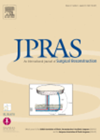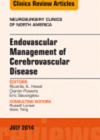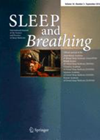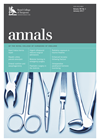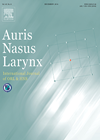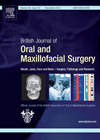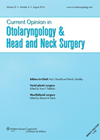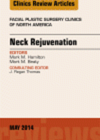
Journal Reviews
Patients with advanced oral cavity carcinoma are not candidates for the ‘organ preservation’ approach
The authors of this study, from the University of Michigan, evaluated the role of induction chemotherapy for patients with stages III and IV resectable oral squamous cell carcinoma. Nineteen patients were initially enrolled in the induction chemotherapy cohort. Patients with...
Lipofilling for scar improvement
Since Coleman et al. in 1991 reported on lipofilling, numerous applications have been reported; these include but are not limited to contour restoration, lip augmentation, and wrinkle therapy. There has also been some one off reported improvements in scars following...
Preoperative tumour embolisation
This review article analyses the role of preoperative endovascular tumour embolisation in the treatment of a variety of hypervascular head and neck lesions including juvenile nasal angiofibroma, glomus tumour, carotid body tumours, and meningioma. Although the concept of tumour embolisation...
Postoperative complications in OSA patients
This well researched meta-analysis describes the various complications obstructive sleep apnoea (OSA) patients may acquire after surgery. These American reviewers found that OSA patients after non-upper airway operations, were more like to suffer (compared to non-OSA patients), from the following...
Primary ossicular chain reconstruction in open-cavity mastoidectomy
The authors performed a retrospective analysis of 21 patients who had undergone primary reconstruction of the ossicular chain during canal-wall-down mastoidectomy. The ossiculoplasty technique used consisted of removal of the malleus head and division of tensor tympani, and rotation of...
A new septoplasty technique
This article describes a novel septoplasty technique to correct a cartilaginous deflection. Although it took a while to understand it as the operative photographs were not very helpful it is an interesting concept. The author excises an inferior strip and...
Risk factors for post tonsillectomy bleeds
This paper reviews post-tonsillectomy bleeding in 692 patients and attempts to tease out risk factors. The overall bleed rate of 11.6% seems very high. The return to theatre rate was 2.6%. The paper identifies male patients and adult patients as...
Is it time for cone-beam CTs to replace the traditional orthopantomogram in the primary diagnosis of temporomandibular joint disorders?
Cone-beam CT requires a lower dose of radiation compared to the multidetector CT and provides much more detailed information in 3D about the bony structures of the temporomandibular joint (TMJ) when compared to the traditional orthopantomogram (OPG). In this article...
Fungal rhinosinusitis
Allergic fungal rhinosinusitis (AFRS) has been defined by the following characteristics: presence of nasal discharge, nasal obstruction, decreased sense of smell or facial pressure for 12 weeks, mucin within the sinus cavity containing fungal hyphae and degranulating eosinophils, endoscopic evidence...
Tracheostomy safety project
Tracheostomy care is evolving, with the majority of procedures now performed percutaneously to facilitate weaning from mechanical ventilation in the critically ill. Traditional surgical indications remain, but surgical tracheostomies are increasingly performed in more complex patients. This brings unique challenges...
Neck Rejuvenation
The May issue of this popular facial plastic journal is dedicated to detailed discussion of surgical and non-surgical procedures for rejuvenation of the neck. Following descriptions of relevant neck and face anatomy, techniques are discussed for neck and face rejuvenation....
Extent of central neck dissection in the patients with thyroid carcinoma
The first level of lymphatic spread in well-differentiated thyroid carcinoma is to the central compartment of the neck, namely, the paratracheal, prelaryngeal and pretracheal lymph nodes. Central neck dissection may carry an increased morbidity, namely, hypoparathyroidism and recurrent laryngeal nerve...


